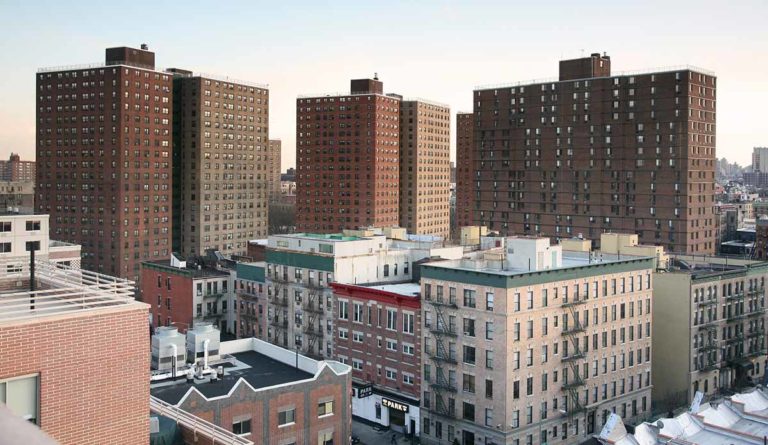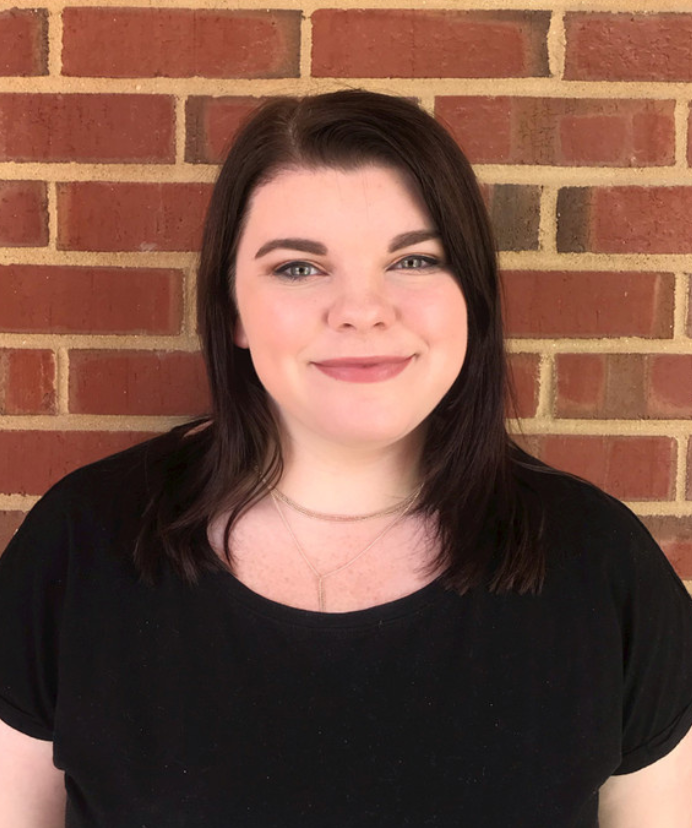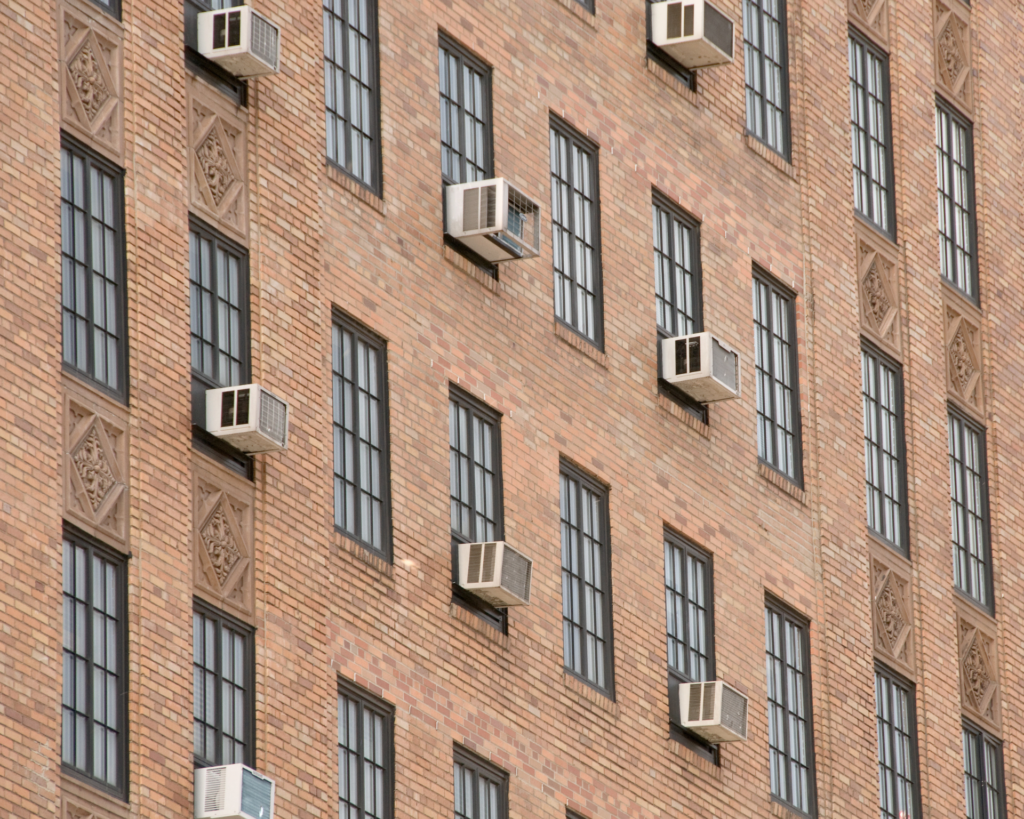Care from within the Community
The Harlem Health Advocacy Partnership sends community health workers into housing developments to work with low-income residents to help manage chronic diseases, find affordable health insurance, and set health goals.

Read Time: 3 minutes
Published:
People living in low-income housing face high rates of respiratory infections, lead poisoning, and chronic illness, like diabetes, hypertension, and depression. Harlem Health Advocacy Partners (HHAP) targets five developments in East and Central Harlem to help low-income housing residents with these and other health concerns.
HHAP sends community health workers (CHWs) and health advocates into housing developments to work with low-income residents. CHWs are community members without formal medical training who are interested in helping their neighbors access primary health care. They are vital part of the health care workforce around the world from Harlem to Haiti to Honduras. In each setting their roles and training are defined differently based on the needs and resources of the context in which they are working. The literature evaluating the acceptability, effectiveness, and job satisfaction of CHWs is vast. What makes the evaluation of HHAP’s community health worker program notable is the public-private-academic collaboration between the New York City Health Department, the New York City Housing Authority, the Community Service Society of New York, and the New York University/City University of New York Prevention Research Center.
One participant explained that the community health worker helped them with managing knee pain, planning meals, and keeping their blood pressure under control.
HHAP community health workers helped residents manage chronic diseases and set health goals. Health advocates were also sent into the housing developments to help residents find affordable health insurance and care. An evaluation study conducted by NYU/CUNY found that the low-income housing residents approved of locally-recruited CHWs. One participant explained that the CHW helped them with managing knee pain, planning meals, and keeping their blood pressure under control. The CHWs also provided social support to residents by playing checkers or simply listening to their stories. Other CHWs inspired the residents to increase their physical activity.
Study participants also approved of the referrals CHWs provided to health advocates who helped them better understand and navigate the complex health system. One participant said that the health advocate helped them find insurance that directly addressed their health and solved their financial problems. Another participant noted that the health advocate was showing them resources and services they did not even realize were available.
This early evaluation of the HHAP did not detect health improvements for residents, but other studies have seen improved health care use, behavior change, and, to a smaller degree, health outcomes. The findings of the evaluation support the feasibility of a city health department implementing a program like this for low-income housing residents. HHAP collaborators also offer useful recommendations for improving their program going forward and to others interested in their model. These include: improving community outreach and visibility, expanding CHW training to include leadership skills, and strengthening connections between public housing residents, clinical providers, community services organizations, and policymakers to break down the divisions that create health disparities.
Feature image: Terraxplorer



